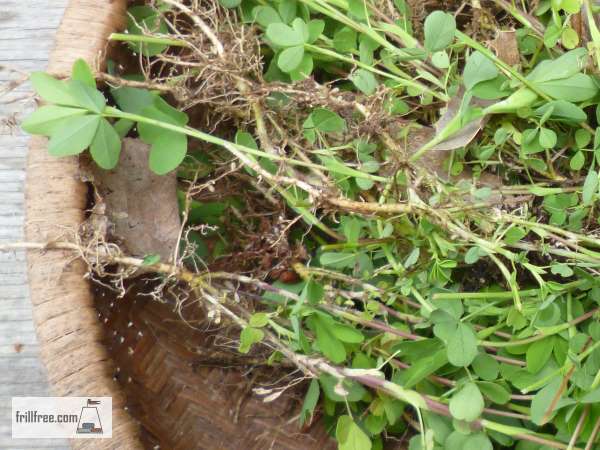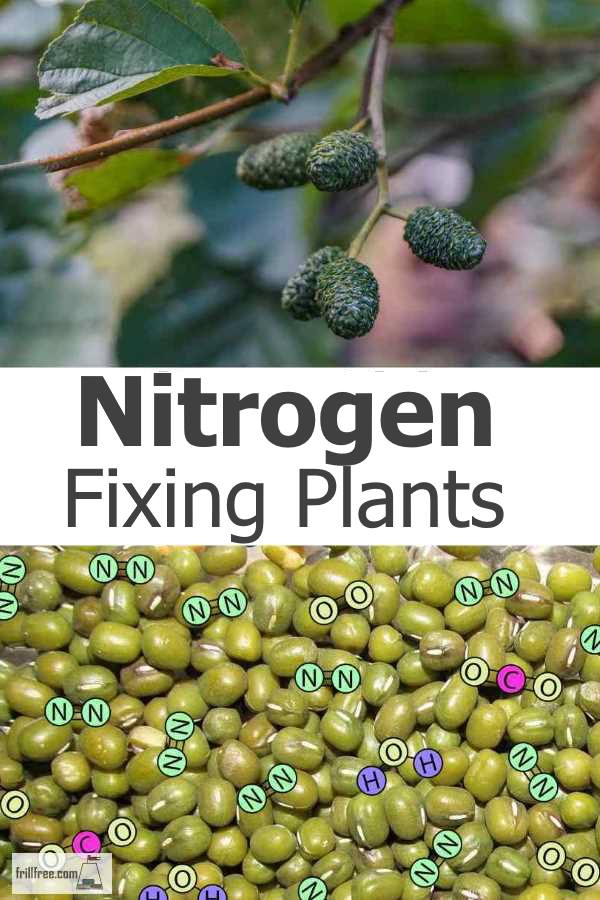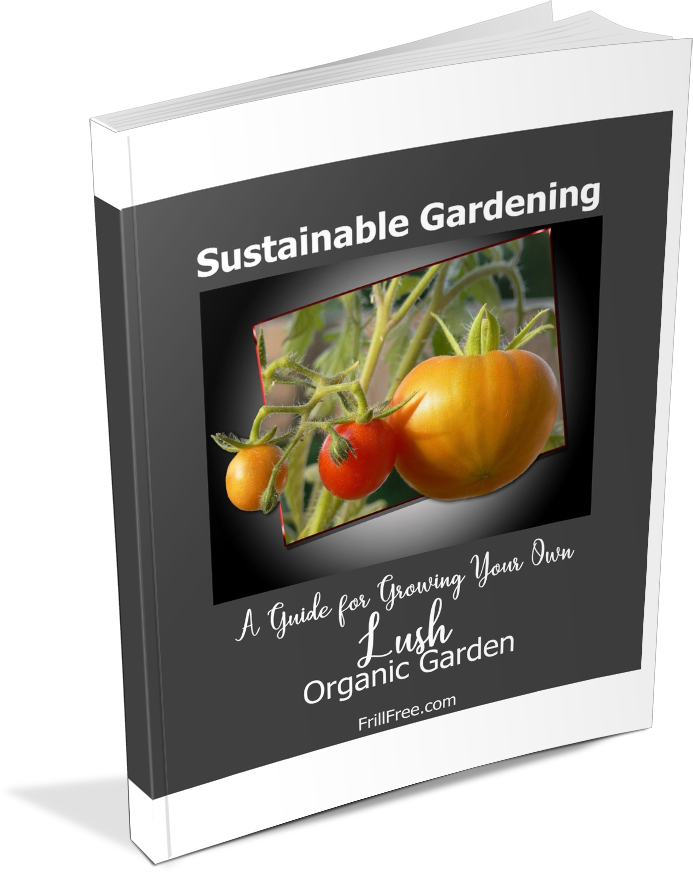- Homesteading
- Soil Fertility
- Nitrogen Fixing Plants
Nitrogen Fixing Plants
Gleaning Precious Nutrients
from the Air
Nitrogen fixing plants play an important role in sustainable gardening.
With nodules on their roots and the presence of beneficial bacteria, they take nitrogen out of the air and store it for use in their own growth, and once they die the roots release nitrogen back into the soil.
Some nitrogen fixing plants such as Alders (Alnus species) are essential pioneer trees. They'll quickly seed into bare ground and hay fields going unmown or uncultivated, as nature abhors a vacuum.
With soft wood, and short lived, they quickly grow to their adulthood then the brittle wood rots quickly once the tree dies, leaving behind nutrients for subsequent plants.
Use these for the base of a Hugelkultur garden, or to smoke fish or game for a very pleasant culinary experience.
All peas and their leguminous relatives are nitrogen fixing plants.
Some of the most well known for their benefits in improving the soil are alfalfa, mung beans, lupins and many others.
These are often deliberately planted as cover crops to be dug in or to cut for composting.
Other nitrogen fixing plants are clovers; Alsike clover and red clover are two of the best known for this ability.
 Leguminous plants collect Nitrogen on their roots
Leguminous plants collect Nitrogen on their rootsMany leguminous plants also attract beneficial insects, including many pollinators.
The bonus
with clover and alfalfa, among other commonly grown cover crops is that the commercial
honeybees that visit make the most incredible honey from the long blooming
flowers. Lupins are common garden plant with the same characteristics.
Once the plants reach a certain size, they are either dug in to enrich the soil with organic matter, or cut down as fodder for animals (in the case of alfalfa hay) and as many of them are perennials, the top part will grow again, sometimes producing as many as three crops a year.
The green part will compost quickly in the summer compost pile, making it useable to spread in the fall.
The roots of leguminous plants release nitrogen in small amounts as the roots die off and are replaced.
If the plant is killed off completely, this can cause a huge flush of nitrogen to be released as the roots decompose.
Make sure you have something there to benefit from it, either a subsequent cover crop such as fall rye, buckwheat or another clover, or a crop of winter peas, or winter vegetables.
















